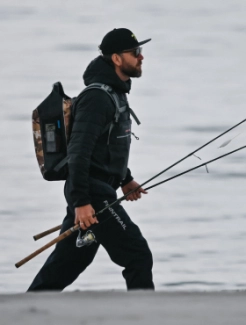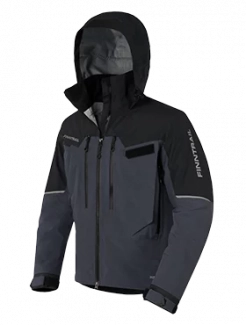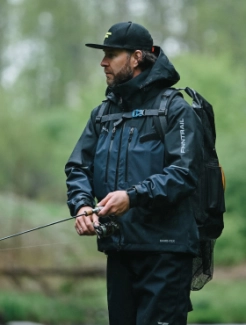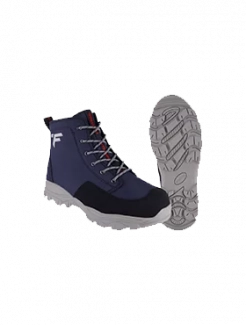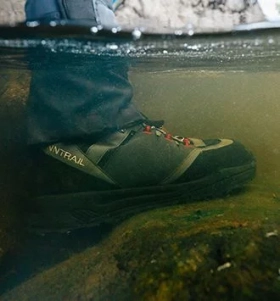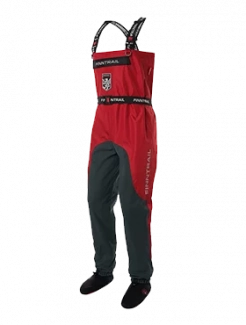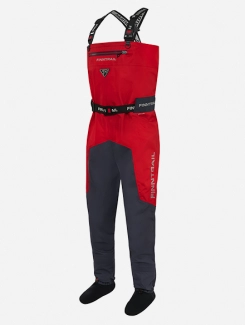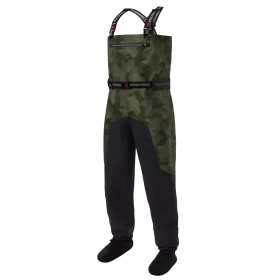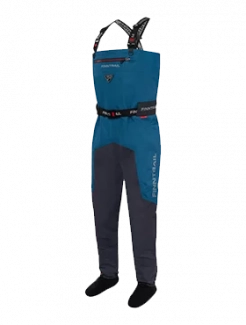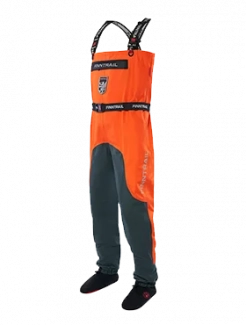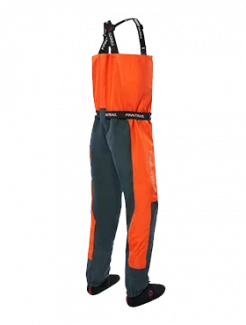How to Paint Fishing Lures: A Step-by-Step Guide for Beginners
Painting your own fishing lures is more than just a creative outlet — it’s a tactical advantage for anglers of all skill levels. Whether you’re customizing color schemes to match local forage, repurposing old tackle, or designing your own signature bait style, painting fishing lure allows for complete control over presentation, performance, and personality.
This in-depth guide will walk you through everything you need to know — from choosing the best fishing lure paint and tools to painting techniques for plastic, metal, and handmade lures. Whether you’re airbrushing or hand-painting, this guide is your complete roadmap to painting fishing lures that catch fish and turn heads.
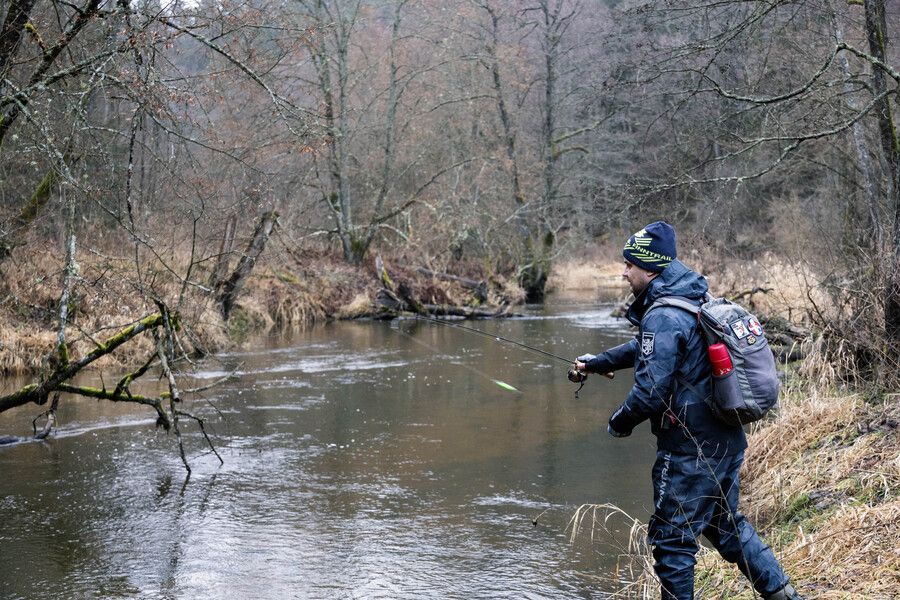
Why Paint Your Own Fishing Lures?
Custom painting fishing lures gives anglers several distinct benefits:
1. Tailored Performance
Match your lure’s color, contrast, and flash to your local fishing conditions. Tweak designs to stand out in muddy water, mimic specific baitfish in clear lakes, or blend into heavy vegetation.
2. Cost Efficiency
Save money by turning budget-friendly lure blanks into premium-quality baits. Repaint old or damaged lures instead of tossing them.
3. Creative Expression
Experiment with vibrant finishes, fade effects, glitter, metallic foils, and even glow-in-the-dark paints. Your tackle box becomes a canvas.
4. Pride and Satisfaction
There’s something uniquely satisfying about catching fish on a lure you designed and painted yourself.
What You Need in a Fishing Lure Paint Kit
To begin painting your own lures, you’ll need a kit of tools and materials. Here’s a breakdown of everything you’ll want on your workspace:
Basic Materials
-
Blank lures (plastic, wood, metal, or resin)
-
Fine-grit sandpaper (320–600 grit)
-
Files or hobby knife for detailing and smoothing
-
Isopropyl alcohol or degreaser
-
Primer (white, gray, or clear)
-
Fishing lure paint (see below)
-
Clear coat (epoxy resin, UV-cure, or automotive topcoat)
-
Paper towels, cotton swabs, toothpicks
Paint Types
Choose the best paint for your lure type and application method:
-
Airbrush Paints: Water-based acrylics like Createx, AutoAir, and Wicked Colors offer smooth blends and easy clean-up. Ideal for plastic and wooden lures.
-
Brush-On Paints: Model acrylics or enamels work well for detailed hand painting.
-
Powder Paint: Thermoplastic powder coats create chip-resistant finishes for metal lures like spoons and jigs.
Tools and Accessories
-
Airbrush and compressor (gravity-fed recommended)
-
Paintbrushes (round-tip and flat-tip in various sizes)
-
Stencils, masking tape, mesh netting for scale effects
-
Gloves, respirator mask, and ventilation
-
UV light (for UV resin curing)
-
Lure turner (for even clear coat drying)
-
Heat gun or toaster oven (for powder painting)
Step-by-Step Instructions
Step 1: Prep the Lure Surface
Proper prep work ensures a smooth, durable paint finish.
-
Lightly sand the lure with fine-grit sandpaper to remove gloss or residue
-
Clean thoroughly using isopropyl alcohol or warm soapy water
-
Dry completely before priming
-
Apply an even coat of primer (airbrush, spray, or brush-on) and allow it to dry
Pro Tip: Use white primer for vibrant colors or metallic overlays. Gray primer helps tone down overly bright colors for a natural look.
Step 2: Choose and Apply the Base Coat
The base coat sets the foundation for your lure’s overall tone.
-
Use white or pearl for high-contrast color pops
-
Use a dark base (like black or olive) for muted, natural presentations
-
Metallic or glitter base coats can add internal flash under transparent layers
Apply in thin, even coats with your airbrush or brush, allowing each layer to dry before continuing.
Step 3: Add Color Layers and Detail Effects
This is where your creativity shines. Layer your colors gradually, starting with lighter tones and building toward darker ones.
Techniques:
-
Fade and Gradient Effects: Use your airbrush to blend colors smoothly from head to tail or top to belly.
-
Stencils and Masking: Create scale patterns, gill plates, lateral lines, and stripes using stencils or mesh netting.
-
Dry Brushing: Lightly drag a nearly dry brush across textured areas for highlights.
-
Dotting and Splattering: Use a toothpick, paint pin, or old toothbrush to create fine details like dots or gill speckles.
Step 4: Painting Without an Airbrush
If you don’t own an airbrush, you can still get impressive results with simple tools:
-
Use soft-tipped brushes for detail work and striping
-
Dab paint with sponges for mottled or natural patterns
-
Use Q-tips, toothpicks, or pins for eyes, dots, or fine detailing
-
Layer paint with dry brushing to simulate shading and wear
Brush painting fishing lures may take more time and patience but allows for more hands-on control and personalization.
Step 5: Powder Painting Metal Lures
Ideal for spoons, spinnerbaits, and jigs, powder paint creates an extremely durable finish.
How to Powder Coat:
-
Preheat the lure to 350°F using a heat gun or toaster oven
-
Dip or sprinkle the powder paint onto the hot surface
-
Shake off excess powder and allow to cool slightly
-
Cure the lure in a toaster oven for 15–20 minutes to harden the coating
Tips:
-
Work in a well-ventilated area
-
Use silicone baking mats or foil to avoid sticking
-
Multiple colors can be layered by reheating and repeating the process
How to Paint Different Types of Lures
Plastic Fishing Lures
When painting plastic fishing lures, it's best to use acrylic or water-based airbrush paints, as they provide excellent coverage and flexibility. Before painting, lightly sand the surface to help the paint adhere more effectively. It's important to avoid oil-based paints, which often fail to bond well with plastic and may peel or flake over time.
Metal Fishing Lures
For metal fishing lures, begin by removing any rust, old paint, or oxidation using steel wool or an acid-based cleaner. Once the surface is clean and smooth, apply enamel spray paint or powder paint for a finish that can withstand wear and impact. To protect against corrosion and ensure the paint holds up under repeated use, always finish with a thorough clear coat seal.
Wood or Homemade Lures
If you're working with wooden or resin-based homemade lures, start by applying a high-quality wood sealer before priming. This helps create a smooth, sealed surface and prevents paint from soaking into the wood. Use slow-drying paints to allow time for blending and detailing, especially when adding shading or texture. Finally, reinforce any hardware such as screw eyes or line ties with epoxy to ensure durability before moving on to your topcoat or final finish.
How to Make Bone Paint Fishing Lures
“Bone paint” is a classic and highly effective lure pattern that mimics the subtle, translucent appearance of baitfish often found in clear or shallow water. To create this pattern, begin with a white or light yellow base coat to give the lure a soft, natural undertone. Once dry, use scale stencils to lightly apply cream or tan along the sides, building up a realistic texture. Next, add depth by shading the back of the lure with a darker tone such as olive, gray, or brown. To enhance the illusion of translucency, apply a pearl white or transparent shimmer layer over the entire body. Finally, complete the look by adding details like gill markings, realistic eyes, and a protective clear coat to seal and preserve your work.
By taking the time to learn and refine your fishing lure painting skills, you not only elevate your tackle but also gain a deeper understanding of fish behavior, water conditions, and presentation strategies. Whether you’re painting lures for your own use, for gifts, or even for sale, the process is as valuable as the end result. With each layer of paint and every detail you add, you’re building confidence, creativity, and craftsmanship into every cast. So dive in, experiment boldly, and let your painted lures speak for themselves—on the water, where it matters most.


